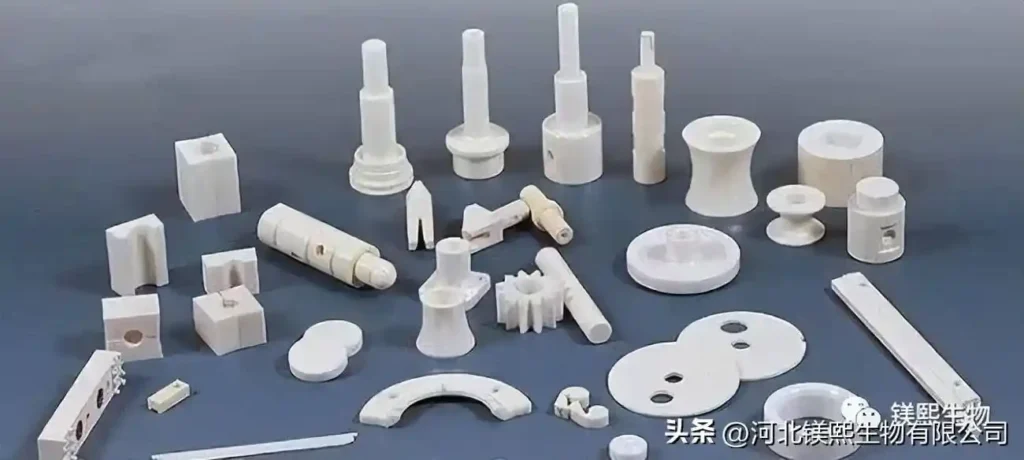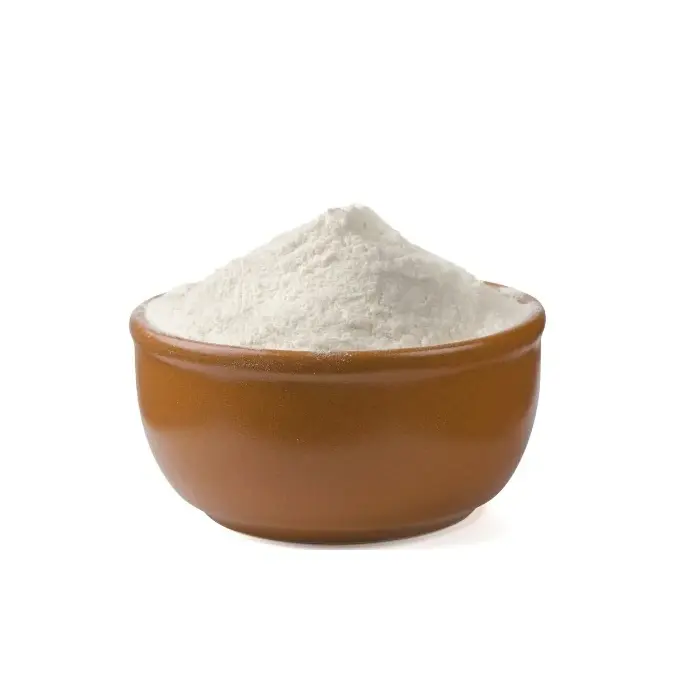Hebei Messi Biology Co., Ltd. stated that magnesium oxide has important anti-corrosion properties. The experiment proposes a preparation method for plating a layer of magnesium oxide protective layer on the surface of magnesium alloy. The coating is produced by anodic electrolysis in KOH alkaline solutions of different concentrations. The alloy used for the protective layer needs to be treated at 100°C. Heat treatment to improve its corrosion resistance. In a sodium chloride solution with a mass concentration of 3.5%, the corrosion process was evaluated using the potential polarization method. The morphology, structural transformation and composition changes of the anode film and metal were analyzed through various techniques such as scanning electron microscopy, EDX and XRD. When the concentration of KOH is 6 equivalents, the magnesium oxide coating shows the best anti-corrosion performance. This is due to this A concentrated electrolyte is more conducive to the nucleation of compounds on the electrode surface.

Due to its properties, magnesium oxide is also known as an insulating compound. In order to improve the application of magnesium oxide in the production of advanced ceramic materials, many research groups have conducted extensive research. Considering the insulating properties of magnesium oxide, the dielectric properties of magnesium oxide to the three-component zinc-magnesium phosphate glass alloy ((ZnO)30(MgO)x(P2Os)70-x, where x=5, 8, 13, 18) performance and conductivity. The dielectric permittivity (e’) and dielectric loss of the material were measured in the frequency range from 0.01Hz to 1Hz and the temperature range from 30-300℃. The measured experimental data were calculated by the modified Havriliak-Negami equation. Through observation The dielectric loss curve shows that under low-frequency conditions, the main loss is conductivity, while at higher frequencies, a dipole-type relaxation often occurs. As the concentration of magnesium oxide in the glass increases, the conductivity will decrease. This phenomenon is due to the dual role of magnesium ions, that is, it participates in the formation of the material under study and also plays a modification role.
Effect of MgO-Al2O3-SiO2-F on the properties and structure of ceramic glasses. Adding magnesium oxide during the process of raising temperature can improve the crystallinity of ceramic glass. Due to the migration of Mg2+, the thin crystalline layer formed on the surface can induce the formation of gold cloud crystals, which significantly improve the properties of the glass. The material’s performance is optimal when the magnesium oxide content reaches 31.4% and the process temperature is 1100°C.
Hebei Messi Biology Co., Ltd. said that compared with other commonly used zinc and titanium oxides, magnesium oxide is a stable and compact compound. Magnesium oxide is used as an additive to improve the density and stability of ceramic zinc titanate (Zn2TiO4) crystals. The mixed components such as zinc oxide, titanium dioxide and magnesium oxide are mechanically combined in a ball mill, and the resulting ceramic powder is roasted at 800C-1100°C for 120 minutes. The introduction of magnesium oxide improves the thermodynamic stability and reactivity of the system. The higher the density and uniformity of the resulting material, the greater the impact on its electrical properties (including dielectric constant and resistivity).

